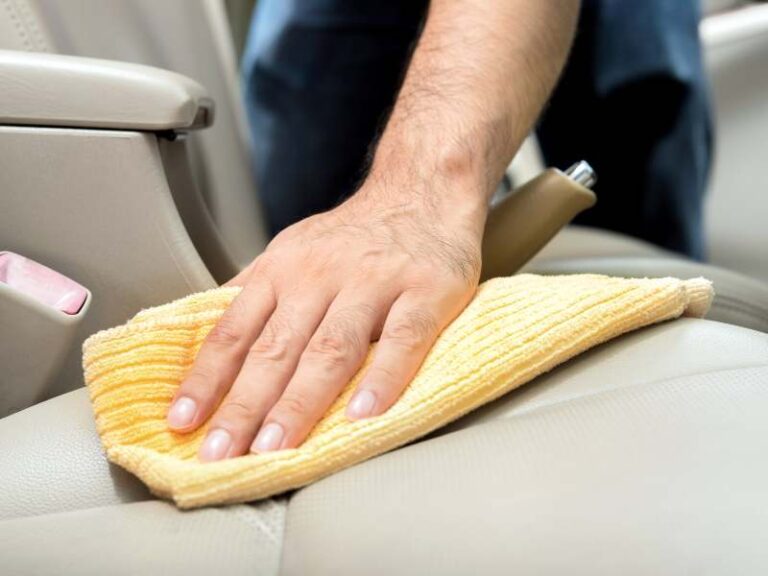What Car Seat for 3 Year Old?
Imagine you're trying to decide between a convertible car seat and a booster seat for your 3-year-old, but you're unsure which option offers the best safety and comfort. It's essential to take into account various factors, like the seat's safety features and how well it fits in your vehicle. With so many choices on the market, understanding the differences can be overwhelming. What should you prioritize to guarantee your child is safe and secure on every journey?
Key Takeaways
- Choose a convertible car seat that accommodates both rear-facing and forward-facing positions for safety as your child grows.
- A booster seat is suitable if your 3-year-old has outgrown their convertible seat but is not yet ready for a seatbelt alone.
- Look for a five-point harness system in car seats to secure your child safely during rides.
- Ensure the car seat complies with NHTSA safety standards and fits well in your vehicle for optimal protection.
- Regularly check your child's weight and height to ensure proper fit and comfort in the chosen car seat.
Types of Car Seats
When choosing a car seat for your 3-year-old, you'll encounter several types designed to keep them safe and comfortable. The most common options are convertible seats and booster seats.
Convertible seats can be used in both rear-facing and forward-facing positions, providing flexibility as your child grows. They usually accommodate children from infancy to about 65 pounds, making them a long-term investment.
Booster seats, on the other hand, are designed for older toddlers who've outgrown their convertible seats but aren't quite ready for a seatbelt alone. These seats help position the seatbelt properly across your child's body, guaranteeing maximum safety. There are high-back and backless booster options, allowing you to choose based on your preferences and your vehicle's specifications.
As you explore these choices, consider your child's weight, height, and comfort level. Each type has its advantages, and the right one for your family will depend on your specific needs and lifestyle.
Remember to check the guidelines and weight limits to guarantee you're making the best choice for your little one's safety and comfort during every car ride.
Safety Features to Consider
As you select a car seat for your 3-year-old, it's vital to prioritize safety features that enhance protection during travel. One of the most important aspects to take into account is the harness system.
Look for a car seat with a five-point harness, which secures your child at the shoulders, hips, and between the legs. This system distributes crash forces evenly, greatly reducing the risk of injury in the event of an accident.
Another key feature to assess is side impact protection. Car seats designed with extra padding or energy-absorbing materials on the sides provide better protection during side collisions.
These features help keep your child's head and neck stable, minimizing potential injuries.
Don't forget to check for adjustable headrests and harness positions, as these will accommodate your growing child while maintaining safety.
Moreover, evaluate car seats that meet or exceed safety standards established by organizations like the National Highway Traffic Safety Administration (NHTSA).
Installation Tips and Guidelines
Confirming your car seat is installed correctly is just as important as the safety features it offers. To achieve this, familiarize yourself with the car seat manuals that come with your product. These guides contain specific installation techniques that can make a significant difference in safety.
First, always verify the car seat is secured tightly. You shouldn't be able to move it more than an inch side to side or front to back. Use either the vehicle's seatbelt or the LATCH system, depending on what your car seat supports. If using the seatbelt, thread it through the appropriate belt path and lock it according to the manual's instructions.
Next, pay attention to the angle of the car seat, especially for younger children. Most car seats have indicators to help you achieve the correct angle.
Finally, make sure your child is harnessed properly, with the straps snug against their body and the chest clip positioned at armpit level.
Regularly check your installation and readjust as needed, especially when switching vehicles. Following these guidelines will help confirm your child's safety during every car ride.
Frequently Asked Questions
What Is the Weight Limit for Car Seats for 3-Year-Olds?
When considering weight limits, you should check specific car seat models. Generally, weight restrictions for 3-year-olds range between 40 to 65 pounds, ensuring compliance with safety standards for your child's protection during travel.
Can I Use a Booster Seat for My 3-Year-Old?
You can use a booster seat for your 3-year-old, but make certain it's safe. Research booster seat safety guidelines and follow shift tips to make this change comfortable and secure for your child during car rides.
How Long Can a 3-Year-Old Stay in a Car Seat?
A 3-year-old can stay in a car seat as long as it meets safety regulations. Prioritize car seat safety and your child's travel comfort, ensuring they're secure and comfortable for the entire journey.
Are There Car Seats That Convert as the Child Grows?
Yes, there are convertible car seats that adapt as your child grows. These seats offer enhanced safety features, ensuring your little one is secure through various stages of development, making them a smart investment for parents.
What Is the Best Brand for Car Seats for 3-Year-Olds?
When choosing a car seat, think about safety features and installation ease. Brands like Graco and Britax stand out for their reliability. After all, isn't your child's safety worth investing in the best?
Conclusion
In choosing the right car seat for your 3-year-old, think of it as a protective cocoon, ensuring safety as they venture into the world. A convertible seat offers adaptability and security, growing alongside your child. Prioritizing safety features like a five-point harness and side impact protection is essential. Remember to check installation guides to achieve a snug fit in your vehicle. Ultimately, the right car seat will provide peace of mind, allowing you to focus on the journey ahead.
- Can I Get in a Taxi Without a Car Seat? - January 26, 2025
- Can I Get Chlamydia From a Toilet Seat? - January 26, 2025
- Can I Get an Uber With a Car Seat? - January 26, 2025






